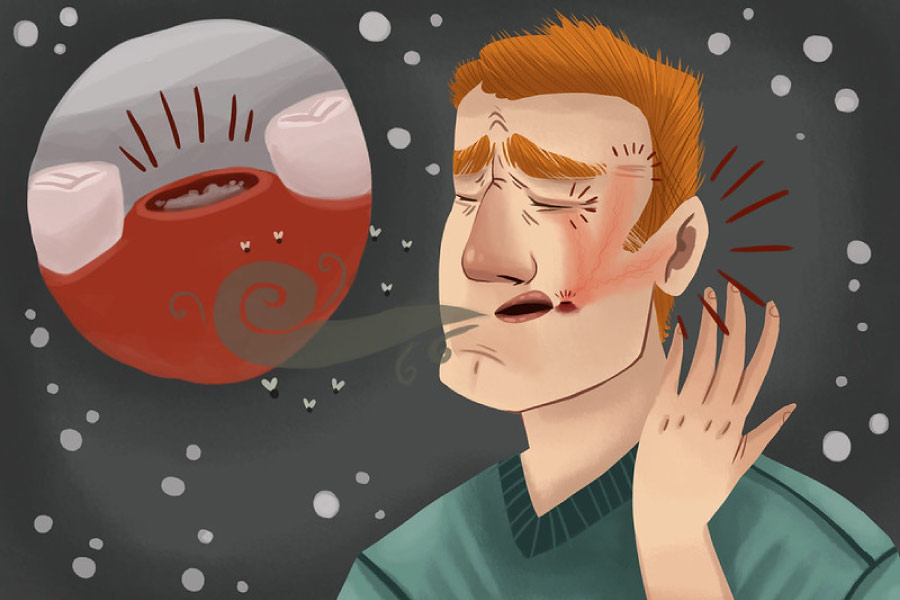
No one looks forward to oral surgery. Getting a dry socket afterward is a big fear. This painful condition disrupts the healing process and must be treated by a professional. What is a dry socket exactly? How can it be avoided?
What Is a Dry Socket?
After you’ve had a tooth removed, a blood clot forms over the empty socket. This clot protects the bones and nerve endings, allowing the body to heal. A dry socket, which oral surgeons know as “alveolar osteitis,” occurs when that clot isn’t present. It might dissolve or become dislodged. If there’s no clot, the socket is exposed. Pieces of food and bacteria can collect inside the socket and cause further issues. Symptoms include throbbing pain after surgery, persistent bad breath, and a bad taste in your mouth.
How To Avoid a Dry Socket
Following an extraction, Dr. Park and the Southbridge Dental Care team will provide instructions that promote healing and help you avoid a dry socket.
- Avoid straws – using a straw can dislodge the blood clot
- Eat soft foods – eating yogurt, mashed potatoes, smoothies, and more protects the extraction area
- Don’t use tobacco – smoking and tobacco increase the risk of a dry socket
- Keep your mouth clean – gentle brushing and rinsing with warm salt water removes food and reduces bacteria
Oral Surgery at Southbridge Dental Care
Wisdom teeth removal is the most common tooth extraction. Unfortunately, a dry socket is also more common with wisdom tooth removals. Even if you follow Dr. Park’s instructions to the letter, you might still get a dry socket. As soon as you suspect a problem, please call us right away. Treatments include flushing out the socket, applying medicated dressings, and prescribing pain medication. If you have any questions about tooth extractions or the other services at our Southbridge office, please contact us today!
